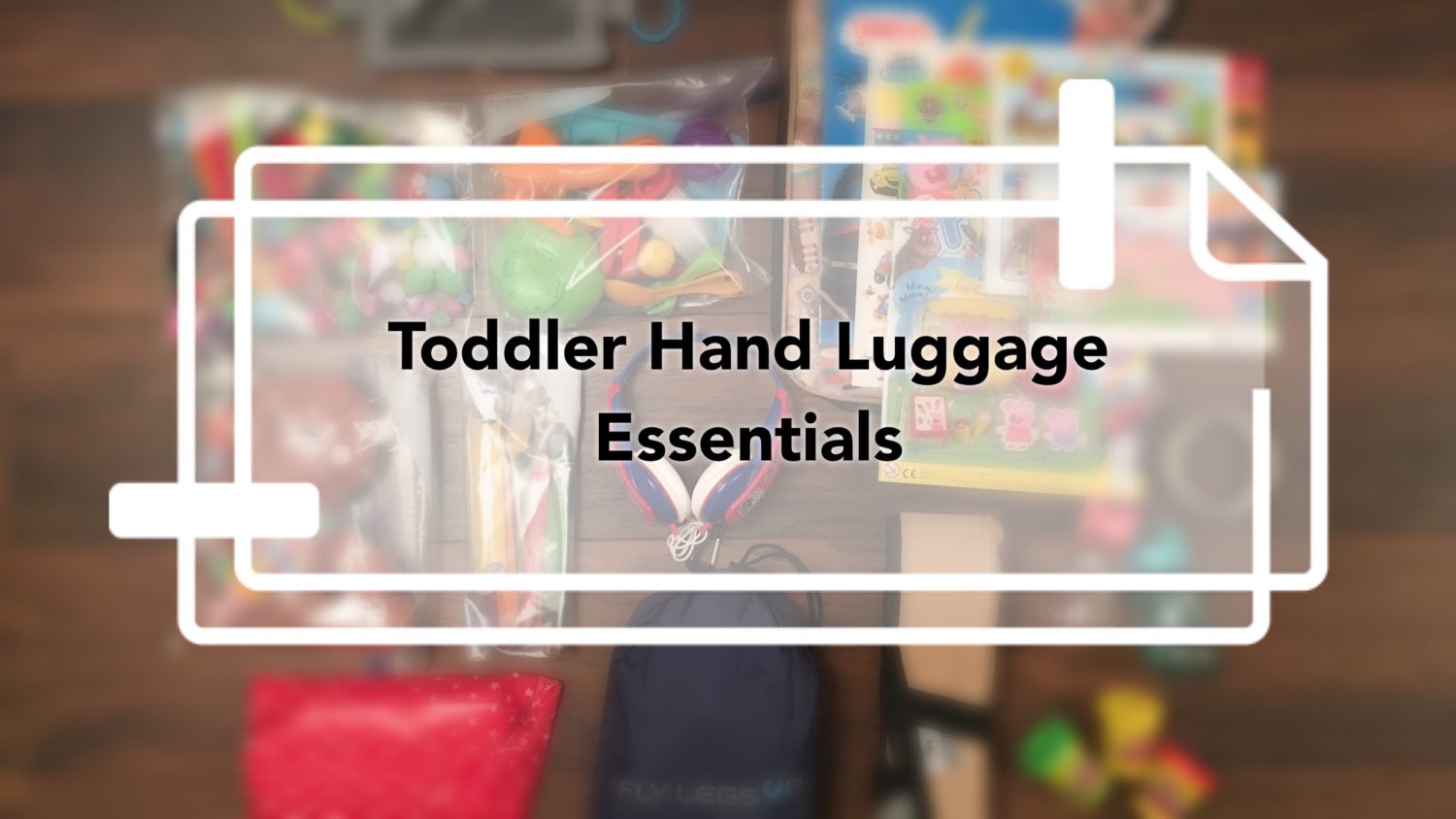
Your Tokyo Starter Pack
Going to Tokyo and not sure you what you need to know? Here, I’m sharing my “Tokyo Starter Pack”, which is a quick and easy all you need to know guide to make your stay extra enjoyable!

Getting There
Having travelled to Tokyo extensively for business and pleasure, here’s my 2 pennies worth (or 2 cents, depending on where you’re from or live).
Narita Airport
This is the main international airport of Tokyo, situated roughly 70km away from central Tokyo. The fastest and most direct way to to reach the city is either the Narita Express (N’EX), which takes around 50 mins to Tokyo station or 100 mins to Shinjuku station. They are very reliable and runs roughly every 30 mins. The other option is to take the Keisei Skyliner, which is slightly cheaper than the N’EX. This takes 40 minutes to get to Ueno station and is slightly more frequent with 3 trains running every hour. Both of these options are great if you have alot of luggage or travelling with kids.
Of course, like any other big city, there are cheaper options. They all take roughly 90 minutes.
- Access Narita Bus – during peak times run every 15 mins and departs and arrives at Tokyo or Ginza station. You can either pay onboard or reserve online.
- Tokyo Shuttle Bus – runs every 20 mins to Tokyo station. Tickets can be purchased at the bus counter or reserved online.
- Keisei Narita Sky Access/Keisei Main Train – price will vary depending on your destination. But will run to Nippori/Ueno and Asakusa where you can access the metro.
Avoid: Taxi – this will set you back around ¥20,000 and take 2 hours or more depending on traffic.
Haneda Airport
If you have the option and convenience and time is top of your list, choose Haneda Airport. It is a busy airport because it has alot of domestic traffic, but getting into Tokyo city is super quick and easy. The quickest and easiest is either the Tokyo Monorail or Keikyu line, both take around 15-30 minutes. The Keikyu Bus takes slightly longer and will get you to many central locations such as Shibuya in under an hour.
Taxi‘s are also alot more economical than Narita airport and cost around ¥7000.
Getting Around
If like me, you’re accustomed to the London Underground map, then Tokyo’s public transport map will be a doddle to understand. However, unlike the London Underground, it is one of the most amazing networks in the world. Why? It’s punctual, convenient and comprehensive. However, be aware that there are no night services. Most trains stop running around midnight or 1am on some lines.
If you are staying in Tokyo for more than a day or 2. Then I suggest you save yourself the hassle of buying single or return journey tickets each time, as Tokyo public transport is run by several different companies. You should consider getting the Suica or Pasmo. This is a rechargeable smart card that can be used at convenience stores, vending machines and of course the public transport system. The Pasmo will only become invalid if it hasn’t been used for 10 years. Perfect for your next trip to Japan! Additionally you can use the Pasmo to ride not only on the Tokyo Metro but also most trains and buses throughout Japan. When you no longer need the Pasmo, you can return it and claim back your ¥500 deposit along with any unused amount stored on te card.
If you plan to visit as many places as you can in one day, then the Day Passes are also very economical. They range from ¥600-1590 depending on services selected which can cover the Tokyo Metro, Toei subways, Toei buses and JR trains.
Fare categories:
- Adult: Age 12 and up
- Child: Age 6 to 11
- A child fare is half the price of an adult fare.
- Toddler: Age 1-5
- Up to 2 toddlers can travel for free as long as they are accompanied by an adult or a child. However, a third toddler will have to pay the child fare.
- Infant: Free of charge if under 1
A discounted ticket (Tokyo subway Ticket) for visitors from abroad is also available with validities of 24 hours, 48 hours or 72 hours available, ranging from ¥800-1500 (half price for a child). These will allow you to travel on the Tokyo Metro and Toei lines. And can be purchased at most major stations, airports, some hotels and tourist information centres. You will need to show your passport at the time of purchase to validate that you are indeed a foreign tourist.
Taxi’s are comparable to any big city and cost ¥410 for the first 1052km and then increases at a rate of ¥80 per 237km. However, if you are travelling between 10pm and 5am, there is a 20% surcharge.
Getting Online
Public Wi-Fi is not very popular, but you will be able to find free Wi-Fi available at 210 subway stations in Tokyo and connecting to them are easy.
Select “SSID: Metro_Free_Wi-Fi” or “SSID: Toei_Subway_Free_Wi-Fi”, launch your browser and follow the instructions on the screen. Each time you log in, you will be able to use the internet for up to 3 hours.
The alternative is to either buy a data SIM card or rent a pocket wi-fi. Both can be found at the airport and some larger chain hotels.
Money
You think of Japan and all it’s hi-tech machinery and you would assume that it’s a cashless society. Wrong. Cash is still king in Tokyo. Although more and more places are accepting cards due to the Olympics being held in Tokyo 2020, don’t expect the local ramen to accept your plastic. Tourists or those holding a foreign card can utilise the ATMs in 7-Eleven, JP Post and FamilyMart (not all have ATMs though). However, if you have foreign currency, then head to the exchange booths around the major JR train stations rather than the airport as they usually offer a better rate. Large department stores like Mitsukoshi, Isetan and Takashimaya also have foreign currency exchange counters.
Tax-Free Shopping
When shopping in Japan, be well aware that prices labelled usually do not include consumption tax. This is currently at 8% and due to increase to 10% from October 1, 2019. If you are a non-Japanese staying in Japan for less than 6 months, you can usually avoid paying this. The key is to look out for the “Japan Tax Free Shop” labels. Some prominant brands that offer this is Uniqlo, Aeon, Matsumoto Kiyoshi and some department stores.
Requirements for tax free shopping
- Minimum purchases of ¥5000, excluding tax per shop per day.
- Tax free consumables should not be opened while in Japan. They need to be taken out of the country within 30 days of purchase or within 6 months for non-consumables.
- You will need to show your original passport when purchasing. Photocopies and scans are not accepted.
Safety
Japan, and even a big international city like Tokyo is generally considered pretty safe. However, if you do find yourself in a bit of a dilemma and require assistance, you can either call their emergency service on 119 or head to the nearest “Koban”. These police boxes are usually located at the corner of big intersections.
Japan is prone to natural disasters such as severe earthquakes. So make sure to familiarise yourself with information on what to do if you find yourself in such circumstances. Check out the multilingual Disaster Prevention Portal to find out more. Also make sure to check the Japan Meterological Agency’s website for updates on forecastes, warnings and advice for natural disasters such as typhoons and earthquakes.
Thanks for reading and please let me know if there is anything else you think needs to be included in my “Tokyo Starter Pack”.
Love, MsMamabean x
~ Not visiting Japan anytime soon? Stuck in London and looking for an amazing and authentic Japanese experience? Engawa London is the place to go ~
*Prices are correct at time of publishing.



